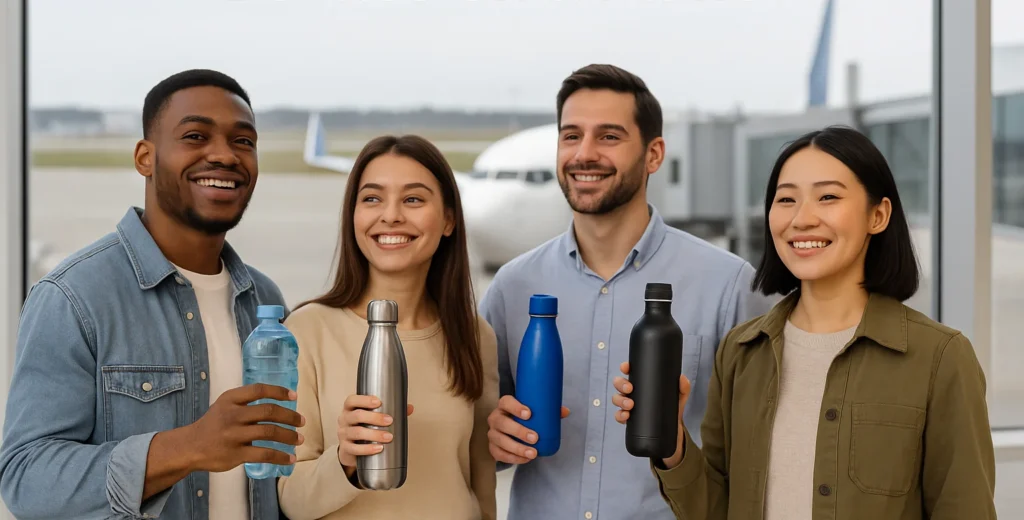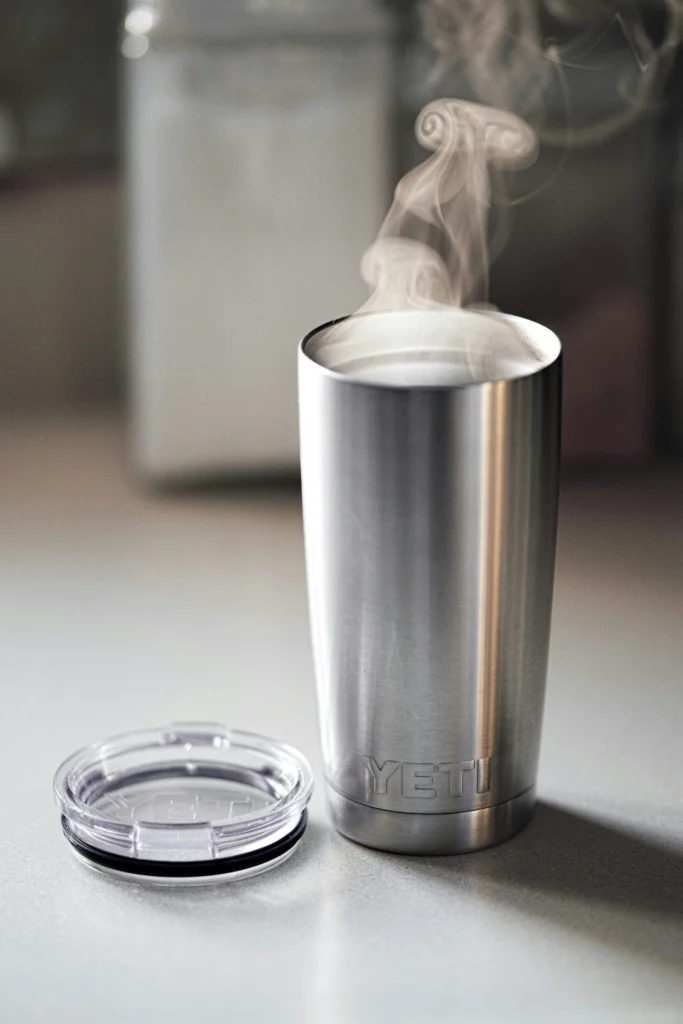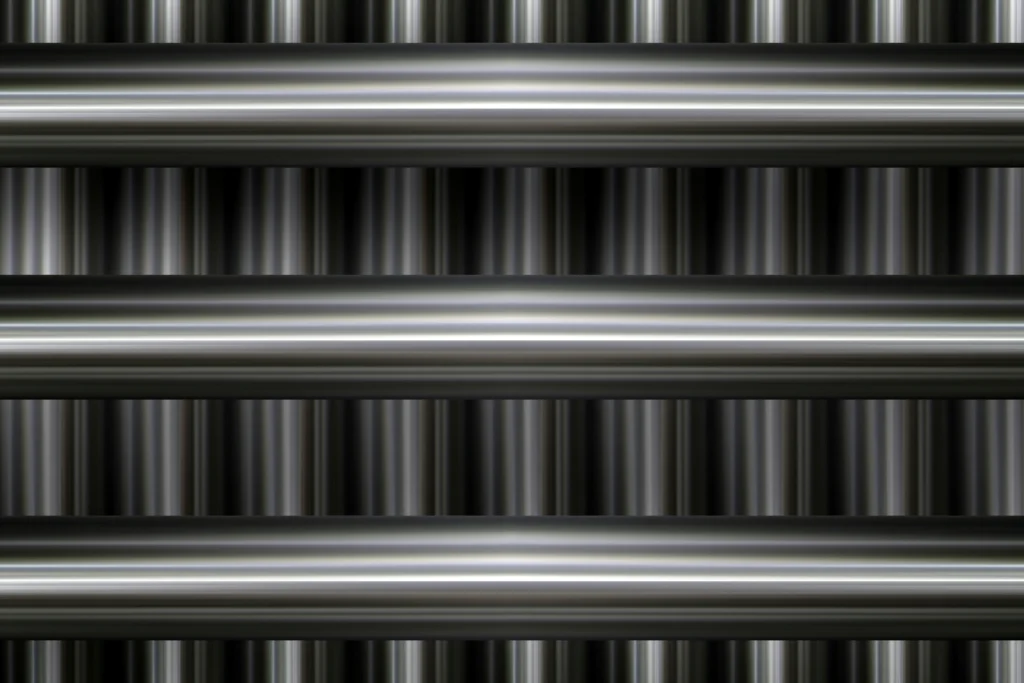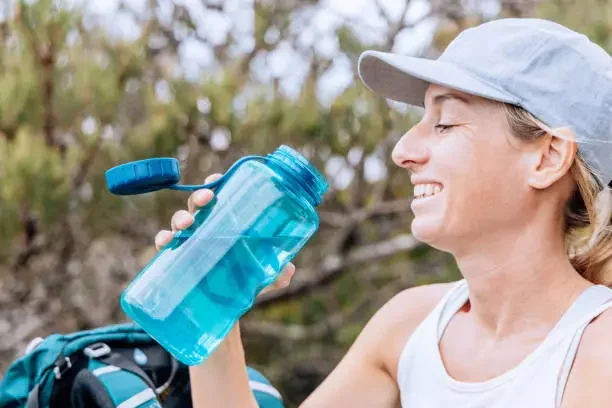Can You Take Water Bottles on a Plane in 2025?
Table of Contents
Yes — but only if it’s empty. The rule isn’t about the bottle itself, it’s about the liquid limit (100ml / 3.4oz). That’s why full bottles get stopped at security, while empty bottles pass through. The good news? Once you’re past security, you can easily refill your bottle before boarding.
Why Are There Airline Liquid Rules?
The liquid restrictions on flights began after the 2006 liquid bomb plot in the UK, where terrorists planned to use liquid explosives disguised as everyday drinks. This incident led to a worldwide change in aviation security.
Since then, most countries have followed the 100ml (3.4oz) limit for liquids in carry-on bags. The rule is designed to minimize risks while still allowing travelers to bring small essentials like toiletries or medicine.
That said, there are regional differences:
United States (TSA): Strict 100ml rule, applies to all airports.
Europe: Same 100ml limit, with some airports testing new scanners that may loosen restrictions in the future.
Asia: Generally follows the 100ml standard, though enforcement and screening methods can vary by country.
Carry-On vs Checked Luggage
Carry-On Bags : You can bring an empty water bottle through security without any issue. If you carry liquids, each container must be 100ml (3.4oz) or less, packed together in a clear, resealable plastic bag.
Checked Luggage : The 100ml rule doesn’t apply. You can pack full water bottles or other liquids, but they must be sealed tightly and protected from leaks to avoid damaging your belongings.
Domestic vs International Flights
Liquid rules can look very different depending on where you fly. On many domestic flights, especially within countries outside the U.S., passengers often face fewer restrictions — carrying drinks through security may even be allowed.
The United States is an exception. Even for domestic travel, the TSA enforces the well-known 3-1-1 rule, which limits liquids in carry-on bags to 100ml (3.4oz) each, all fitting into a single quart-sized bag.
International routes can add another layer. Flights bound for Australia, Singapore, and certain Asian or Middle Eastern airports sometimes require secondary screening at the gate, meaning even duty-free drinks bought after security might be confiscated. For travelers, this makes it important to check both your departure and arrival country’s rules before packing.
TSA’s 3-1-1 Rule Explained
In the U.S., both domestic and international flights follow the TSA 3-1-1 rule for liquids in carry-on bags. Here’s how it works:
3.4oz / 100ml limit
Each liquid container must be 3.4 ounces (100ml) or smaller.
Example: A 500ml bottle of water, even if half full, will not be allowed through security.1 quart-sized clear bag
All liquids, gels, and aerosols must fit inside a single, resealable, clear quart bag (about 20 x 20 cm).
Example: Travel-size toothpaste, hand sanitizer, and lotion all go into the same bag.1 bag per traveler
Each passenger can only bring one bag of liquids. At security, you’ll need to remove it from your carry-on for screening.
Exceptions:
Medications that are medically necessary, even if larger than 100ml, are allowed but must be declared.
Baby items like formula, breast milk, and juice can exceed 100ml, though they may be subject to extra screening.
Bottom line: For convenience, keep liquids travel-size in your carry-on and pack larger items or bottles in checked luggage.
How to Prepare Your Water Bottle for Air Travel
The first step is choosing the right type of bottle. For flights, a lightweight and leak-proof design is best. Stainless steel bottles are durable and safe, while BPA-free plastic bottles are light and convenient. Avoid heavy or complicated lids that take up extra space in your carry-on.
Before you reach the security checkpoint, always make sure your bottle is completely empty. Security officers will not allow even a half-filled bottle through if it’s over the 100ml (3.4oz) liquid limit. Once you’re past security, you can refill it at water fountains or hydration stations in the terminal.
It’s also wise to avoid glass bottles when traveling. They break easily, add unnecessary weight to your bag, and may not survive rough handling in overhead bins or checked luggage. A sturdy alternative like stainless steel or insulated bottles will keep your drink safe and may also maintain temperature during your flight.

Refilling Your Water Bottle After Security
Once you’ve cleared security, you can refill your empty bottle at airport water fountains or hydration stations. Many airports now provide touch-free refill points designed for reusable bottles.
You can also ask the flight attendants to fill your bottle once onboard. Most airlines are happy to provide water, especially if you prefer a full bottle instead of small plastic cups.
Refilling this way is not only cheaper than buying bottled water at the airport, but it also helps reduce single-use plastic waste — a small step that makes your trip more sustainable.
Tips for Staying Hydrated on Long Flights
Hydrate before boarding
Drink one or two glasses of water in the hours leading up to your flight. Airplane cabins typically have humidity levels below 20% (similar to a desert), which accelerates fluid loss. Starting your journey well-hydrated helps your body cope better.Sip water consistently during the flight
Instead of waiting until you feel thirsty, aim to take small sips every 20–30 minutes. Sudden large intakes can increase bathroom trips and discomfort, while steady hydration supports circulation and reduces the risk of headaches or dry skin.Limit alcohol and caffeine
Alcohol is a diuretic, which causes your body to lose fluids more quickly. Coffee and strong tea can have a similar dehydrating effect. Both may also interfere with in-flight rest, leaving you more fatigued upon arrival.Use electrolytes for long-haul flights
On flights longer than 6–8 hours, consider adding an electrolyte tablet or powder to your water. Electrolytes (like sodium, potassium, and magnesium) help your body retain fluid balance and can reduce muscle cramps and jet lag symptoms.
FAQ about can you take water bottles on a plane
1 . What kind of water bottles can I take on a plane?
2 . Can I take my stainless steel water bottle on a plane?
3 . Can I bring snacks on a plane?
4 . What can I not bring on a plane?
Summary
You can take a water bottle on a plane in 2025, but it must be empty at security. The restriction is on liquids over 100ml (3.4oz), not the bottle itself.
For a smoother trip, bring an empty reusable bottle, refill it after security, and stay hydrated throughout your flight. This saves money, avoids single-use plastic, and keeps you comfortable in the dry cabin air.




